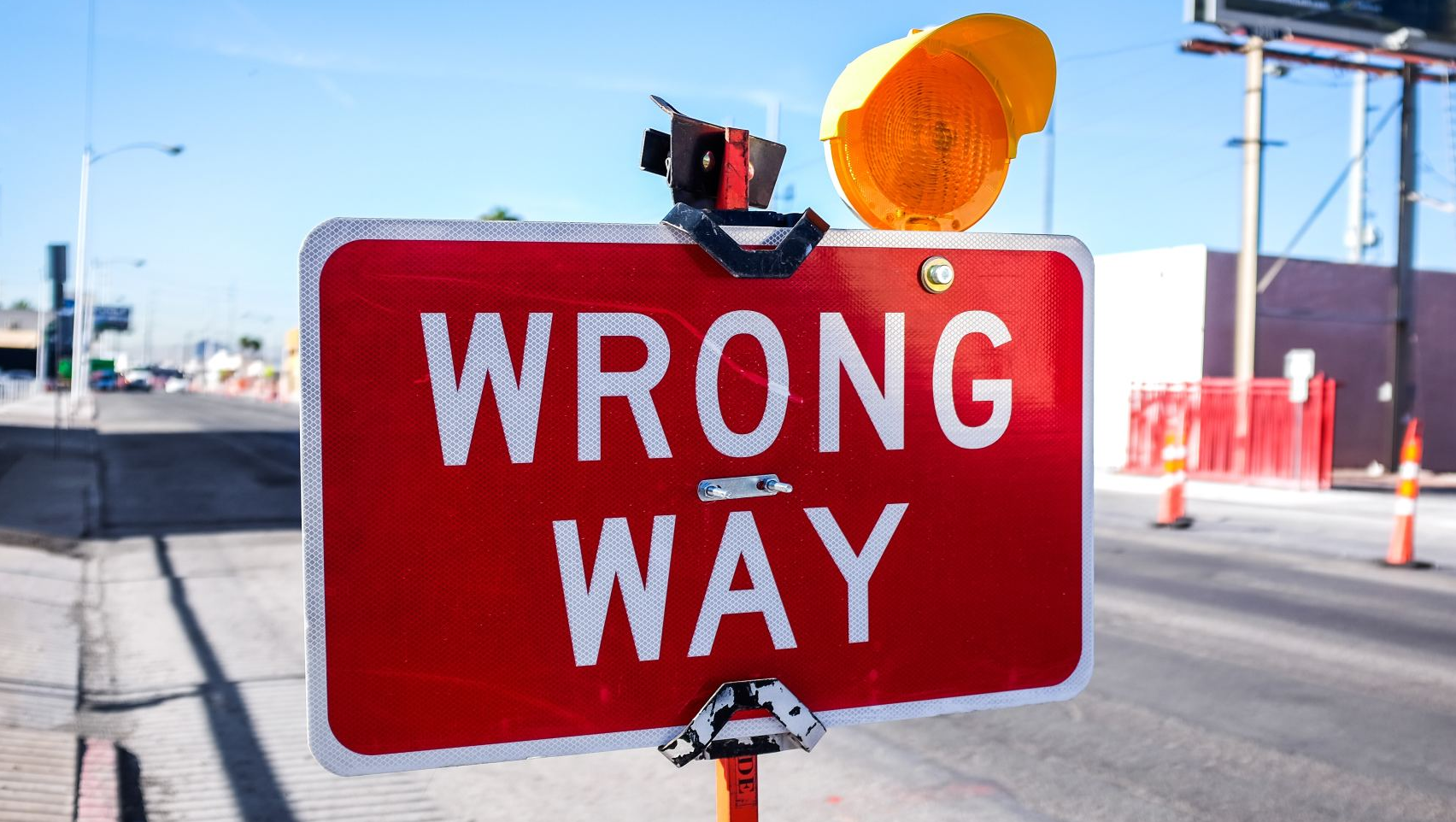OEE + Packaging Manufacturers + Challenges
Every production manager is familiar with OEE (an abbreviation for the manufacturing metric Overall Equipment Effectiveness) and has tried to implement it in their factory. For a production manager, OEE is almost as important as his or her credit rate, body mass index or golf handicap. It carries the simplicity of being a single number and this is great. However, there are many traps to avoid when using this in your factory to know if you are doing it right or not. Below we would be outlining the most frequent mistakes packaging manufacturers make when using the “holy number”.
1. Comparing Apples To Bananas
Since it is a single number, people tend to use it to compare different factories, as a method of comparing their efficiency. This is a dangerous game, for some reasons:
- Not all companies calculate OEE the same way. Actually, if you ask 10 production managers how they calculate OEE, you will get 11 different answers. Some exclude preventive maintenance from the availability calculations, others exclude holidays others don’t.
- Batch sizes and process inherent particularities can hugely affect OEE. Take for example a film extrusion line compared to cosmetic plastic tube line. The latter needs to stop every couple of hours for change over, while the former can run for days without stopping.
OEE can be an effective way to understand how your factory is improving at a particular time, but it can lead to wrong conclusions when used in different processes or factories. It can be useful to compare different plants making the same product as well, or even with benchmarks, as long as you can confirm that the premises for the calculation are the same.
2. Measuring OEE At An Extremely Short Period
When we calculate OEE for a month, most downtimes dilute evenly and give us a reasonable picture of how efficient we were. However, when we try to calculate OEE per single shift of the instantaneous OEE, the result is horrible or even worse. That is the main reason for it that any planned or unplanned downtime of more than a couple of hours has a huge weight in the calculations, resulting in unnecessary information. The OEE is either 0% or 100% and that doesn’t say much about the operation. Try to look for longer periods.
3. Not Knowing What To Do With It
Besides being a good number for the C-level, OEE can really help the operations to improve their factory if used the right way. On the other hand, when used in the wrong way, the OEE doesn’t help us in knowing what to do to improve our efficiency. It does not say much either about its impact when it goes up or down. Therefore, OEE variations must always come accompanied by a story; “Our OEE in the last month has gone down from 87% to 78% and the main reason behind it was a technical issue on machine XYZ that made us lose availability.
The issue has been solved and we have taken the necessary measures to prevent it from happening again”. Engineers and technical people like us in manufacturing like to use charts, tables, and slides to show what happened. Most of the time this is not enough. At Amazon, Jeff Bezos has implemented the culture of writing Memos instead of using presentations. This is an important exercise for those who read it and those who write it too. The process of writing helps us to identify what is important. As Bezos puts it: “The reason writing a ‘good’ four-page memo is harder than ‘writing’ a 20-page PowerPoint is because the narrative structure of a good memo forces better thought and a better understanding of what’s more important than what.”
4. Not Breaking Down
As we know, the OEE is calculated out of three components; Availability, Quality (scrap) and Performance (speed losses). In fact, we could calculate the OEE, without worrying about the three components, just by dividing the actual production in a certain period by the ideal (expected) production in the same period. Although this number is enough to say whether we’re getting better or worse, it does not tell us much about why we got better or worse. Breaking down that single number allows us to investigate what really went wrong and what measures to take. First, we break them down into availability, quality, and performance and then we drill down to understand; what were the most relevant scrap sources (for quality), what were the most frequent downtime reasons (for availability) and why the machine lost performance (was it running slower for a period of time?).
5 – Breaking Down Too Much
Measuring too much is normally just as bad as measuring to little. We must understand that every new KPI that we add to our dashboards increase the “noise in our signal”. It becomes more difficult to identify what really matters. Besides, every time we ask operators to giving us a new input, he is doing less of his job, which is to operate the machine. In the packaging manufacturing industry, we are often talking about integrated automatic production lines and this adds some complexity to the equation. Should we follow the OEE of every single machine on the line? Should we have one global OEE? We believe that keeping it simple is never a bad idea. We could have single OEE’s, but in order to do that we would have to track every single machine and operators would have to report on every single machine.
Some other companies have 50 downtime reason codes to cover every possible downtime, believing that they will have more resolution in their data. This is mostly wrong in the rush of the day, operators do not have the time to search for the correct code out of the 50 possible downtime reason codes. What we see at the end, they use 5-10, not more. The rest is only “noise”, “clutter” and should be removed. The best approach is always to start as simple and fast as possible and improve it on the way as new demands appear.
6. Trying To Do It Manually
Yes, it is possible to calculate OEE with a piece of paper or with a spreadsheet. No, it is by far not the best way to do it. The major reasons for that are:
- Micro stops are difficult (if not impossible) to track and they can have a huge impact in availability. Some companies lose the equivalent to 2 full production days every month only with micro stops and that is almost unnoticeable.
- Tracking is hard to do, when an operator has to write down the time when the machine stopped, he’ll do it wrong most of the time. When a machine stops, his first reaction must be to solve the problem and not to look at the watch and write it down.
- It’s hard to track if manual inputs are reported correctly or not. Since the manual inputs from the operators are not visible to everyone during the shift and just processed or transferred by the end of the shift or day, it is impossible to track if the inputs reflect what has really happened. This is mostly true for downtime reasons.
For a long time, automatic data collection systems have been quite complex and expensive, but now with the IOT and Industry 4.0 movements, there are affordable options to track this data automatically.
7. Not Involving The Operators
If operators are asked to give us inputs without understanding what is behind that request, they (as would we) will not cooperate. People need to know that their work matters. If they fill out a bunch of paper and never hear back from the management, they get the filling that their effort is for nothing and they either stop doing it or they just write whatever is easier. Getting the correct inputs from the operators is what allows us to tell a story with the OEE. They are the only ones that can really know what happened to the line and they will not be willing to tell us the truth if they don’t feel part of the process.
In short…
What can be done to avoid these traps:
- Use OEE to track your own evolution in time, not to compare your factory with others.
- OEE should be used for periods longer than a shift. For shorter periods use total downtime and scrap, these are more actionable directly in the short term.
- Always ask yourself; what action does this information allow me to take? If none, dig deeper look for the story, write a memo instead of (or along with) charts.
- OEE should always be reported together with their components and reasons.
- When it comes to metrics; keep it simple. Start with few metrics and include others that you might miss in the process. 10-15 downtime reasons is a good number.
- Choose a system that can help you in the task of collecting data and calculating OEE.
- During the process get the operators onboard as early as possible. The reward for doing that is certain.




